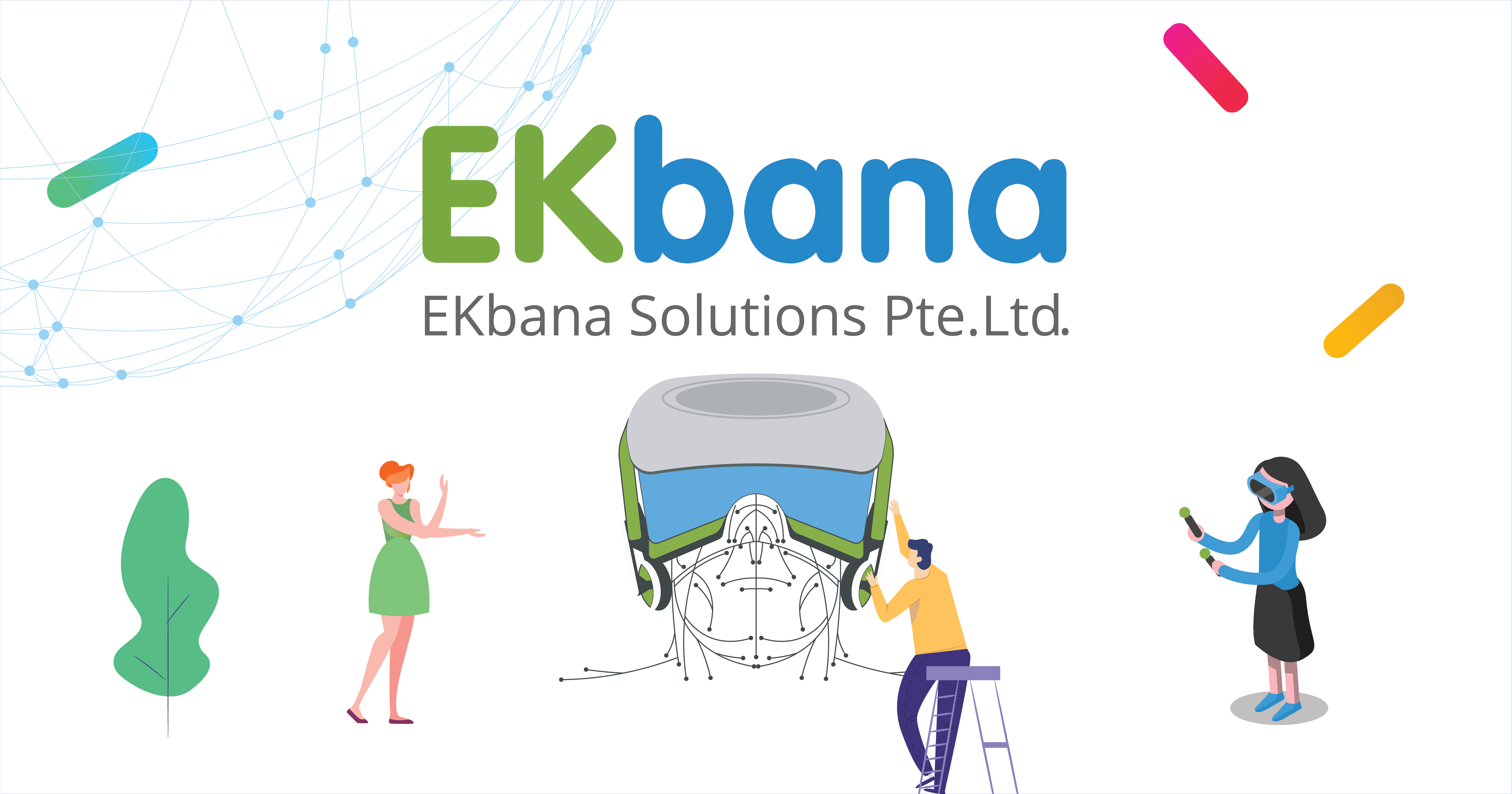Apache Kafka Security
Apache Kafka is an internal middle layer enabling your back-end systems to share real-time data feeds with each other through Kafka topics. With a standard Kafka setup, any user or application can write any messages to any topic, as well as read data from any topics.
Kafka Security has three components:
- Encryption of data in-flight using SSL / TLS: This allows your data to be encrypted between your producers and Kafka and your consumers and Kafka. This is a very common pattern everyone has used when going on the web. That’s the “S” of HTTPS (that beautiful green lock you see everywhere on the web).
- Authentication using SSL or SASL: This allows your producers and your consumers to authenticate to your Kafka cluster, which verifies their identity. It’s also a secure way to enable your clients to endorse an identity. Why would you want that? Well, for authorization!
- Authorization using ACLs: Once your clients are authenticated, your Kafka brokers can run them against access control lists (ACL) to determine whether or not a particular client would be authorised to write or read to some topic.
Before Enabling Security in Kafka make sure you have setup the followings:
Now, you can refer to the following documentation for enabling security in kafka cluster.
